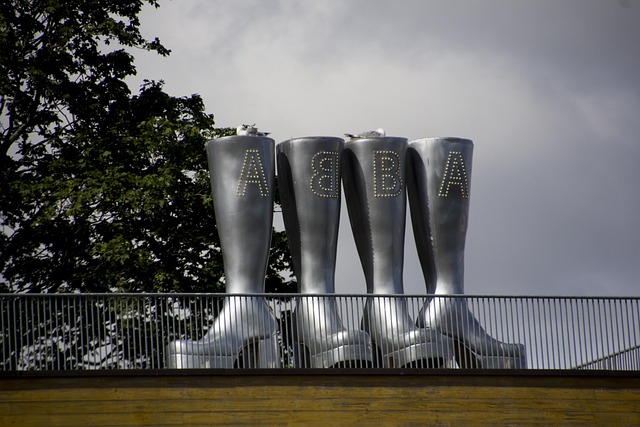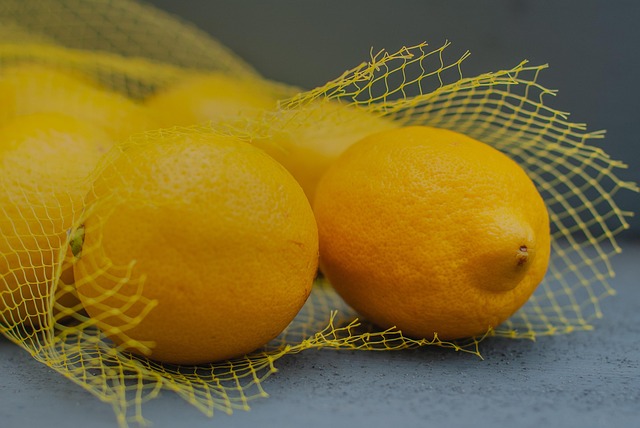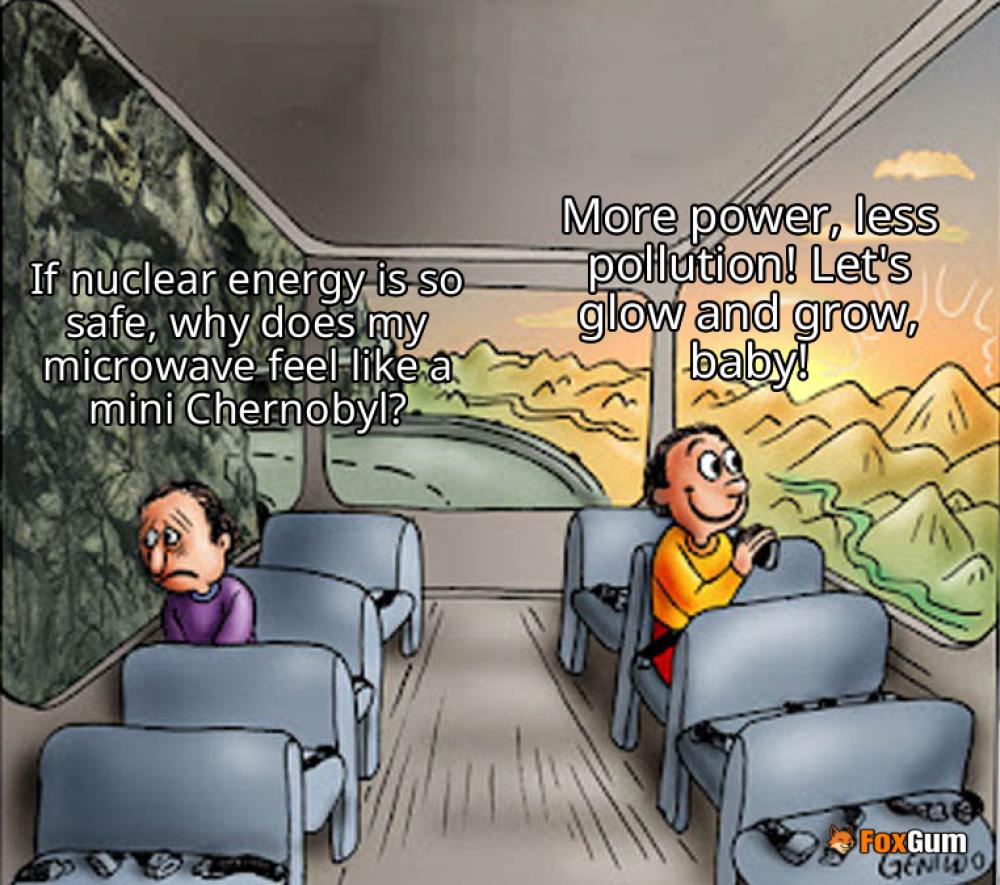
Hydropower Plant: A Sustainable Energy Source
Hydropower plants are fascinating structures that harness the energy of flowing water to generate electricity. They play a crucial role in the renewable energy landscape, offering a cleaner alternative to fossil fuels. Let’s dive into the world of hydropower and explore how these plants work, their types, and their benefits! 🌊
How Do Hydropower Plants Work?
At the heart of most hydropower plants is the principle of converting kinetic energy from flowing water into mechanical energy, which is then transformed into electrical energy. The most common type of hydropower plant is an impoundment facility. This facility typically uses a dam to create a reservoir where river water is stored. When water is released from the reservoir, it flows through turbines, causing them to spin. This spinning activates a generator, producing electricity. It’s a beautifully simple yet effective process!
Types of Hydropower Facilities
Hydropower facilities can be categorized into three main types:
- Impoundment: The most common type, using a dam to store water in a reservoir.
- Diversion: This type redirects a portion of a river through a canal or penstock to generate power without a large reservoir.
- Pumped Storage: This facility stores energy by pumping water uphill to a reservoir during low demand and releasing it to generate electricity during high demand.
Each type has its unique advantages and applications, making hydropower a versatile energy source.
Size Matters: From Large to Micro
Hydropower plants come in various sizes, catering to different energy needs. Large plants can supply electricity to thousands of homes and businesses, while smaller or even micro plants can be set up for individual homes or communities. This flexibility allows for localized energy production, reducing reliance on centralized power sources.
The Benefits of Hydropower
One of the most significant advantages of hydropower is its renewability. As long as the water cycle continues, we can rely on this energy source. Additionally, hydropower plants produce very low greenhouse gas emissions compared to fossil fuel plants, making them a more environmentally friendly option. 🌍
Moreover, hydropower can provide a stable and reliable energy supply, as water flow can be managed to meet demand. This reliability is essential as we transition towards more sustainable energy solutions.
Challenges and Considerations
While hydropower has many benefits, it’s not without challenges. Large hydropower projects can be costly and time-consuming to build. Moreover, they can impact local ecosystems and communities, particularly when it comes to dam construction. Balancing energy needs with environmental and social considerations is crucial for the future of hydropower.
Conclusion
Hydropower plants represent a vital piece of the renewable energy puzzle. By harnessing the power of water, we can generate electricity in a sustainable way that benefits both people and the planet. As we continue to explore and invest in renewable energy sources, hydropower will undoubtedly play a significant role in shaping a cleaner, greener future.

















 Revving Up: The Upcoming Models of Royal Enfield
Revving Up: The Upcoming Models of Royal Enfield 
 Health
Health  Fitness
Fitness  Lifestyle
Lifestyle  Tech
Tech  Travel
Travel  Food
Food  Education
Education  Parenting
Parenting  Career & Work
Career & Work  Hobbies
Hobbies  Wellness
Wellness  Beauty
Beauty  Cars
Cars  Art
Art  Science
Science  Culture
Culture  Books
Books  Music
Music  Movies
Movies  Gaming
Gaming  Sports
Sports  Nature
Nature  Home & Garden
Home & Garden  Business & Finance
Business & Finance  Relationships
Relationships  Pets
Pets  Shopping
Shopping  Mindset & Inspiration
Mindset & Inspiration  Environment
Environment  Gadgets
Gadgets  Politics
Politics 